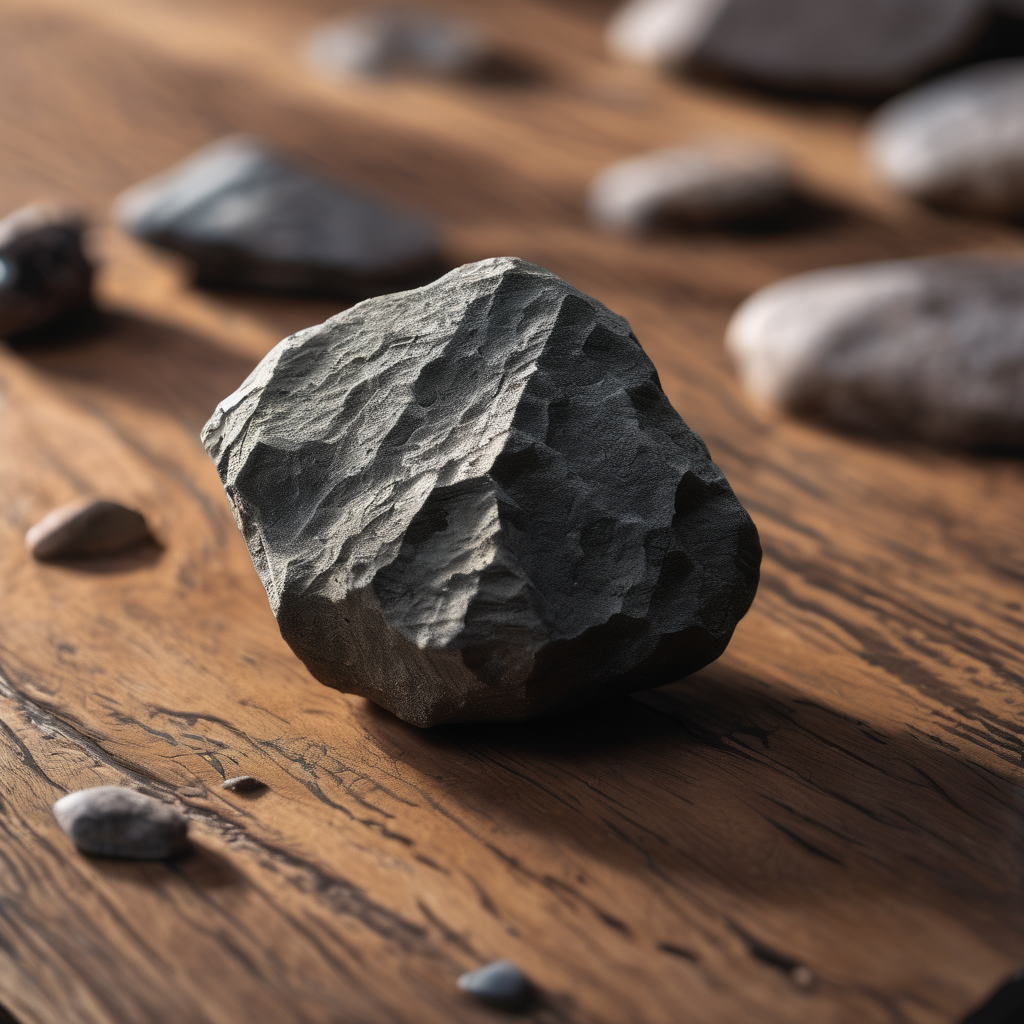NASA’s Perseverance rover has made a significant discovery on Mars, identifying a peculiar rock that scientists believe could be an iron-nickel meteorite. This uniquely shaped rock, nicknamed Phippsaksla, measures over 2.5 feet in diameter and stands out against the flat, fractured landscape surrounding it. The rover has been exploring the Jezero crater since its landing in 2021 and targeted Phippsaksla for close examination due to its prominence in the terrain.
Photographs of Phippsaksla were captured by Perseverance on September 2 and September 19, but the public only learned about this intriguing find recently. A federal government shutdown delayed the release of routine communications from NASA, resulting in a postponement of news updates until November 13.
If Phippsaksla is confirmed as a meteorite, it would mark Perseverance’s first such discovery. Previous missions, including the Curiosity rover, have cataloged several metal-rich meteorites while exploring Gale Crater, located approximately 2,000 miles away. However, the lack of similar finds on Perseverance’s route has raised questions among mission scientists. According to Candice Bedford, a research scientist at Purdue University, it is unexpected that Perseverance has not encountered iron-nickel meteorites given that Jezero crater and Gale crater share a similar age and are both likely to have experienced impacts from meteorites over time.
Initial analyses from Perseverance’s SuperCam, which utilizes laser technology to assess rock composition, indicated high concentrations of iron and nickel—elements typically found in meteorites that originate from the core of large asteroids. This chemical profile suggests that the rock likely formed elsewhere before landing on Mars.
While meteorites are not uncommon in our solar system, they are often difficult to detect on Earth, with an estimated 48.5 tons entering the planet’s atmosphere daily, predominantly burning up or falling into oceans. To date, only around 60,000 meteorites have been cataloged on Earth. Most known meteorites originate from asteroids, but some do come from the moon and Mars. Researchers have identified at least 175 Martian meteorites here on Earth, all of which are igneous rocks formed from crystallized magma.
Mars’ thin atmosphere and harsh environmental conditions allow iron-nickel meteorites to withstand the elements, making them more likely to be found on the Martian surface. Since 2005, The Meteoritical Society has recognized 15 Martian meteorites discovered by rovers. Curiosity’s recent identification of a metal-rich rock, affectionately named Cacao, is still awaiting confirmation among this roster.
Phippsaksla may provide vital insights into the history of meteoritic impacts on Mars and how its geological features have evolved. Scientists posit that these iron meteorites could resist erosion, contributing to their prominence on flat terrains instead of inside craters. As Perseverance continues operations in this impact-strewn environment outside Jezero crater, further analysis is planned to ascertain the rock’s origins.
The potential confirmation of Phippsaksla as a meteorite would allow Perseverance to join other Mars rovers in the exploration of these space rocks and expand our understanding of Martian geology and the planet’s past interactions with celestial bodies.
